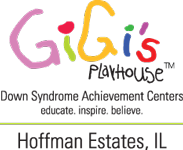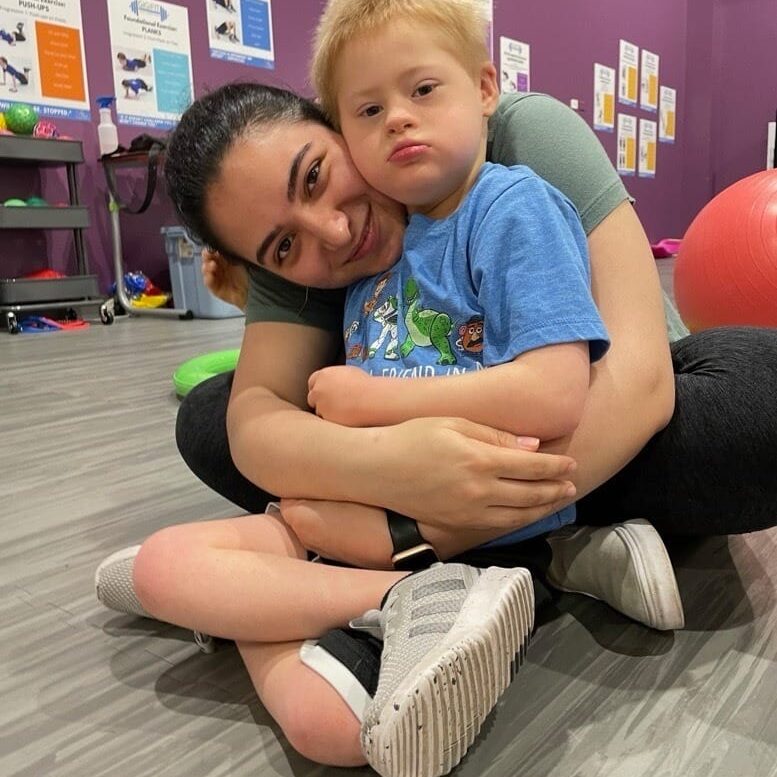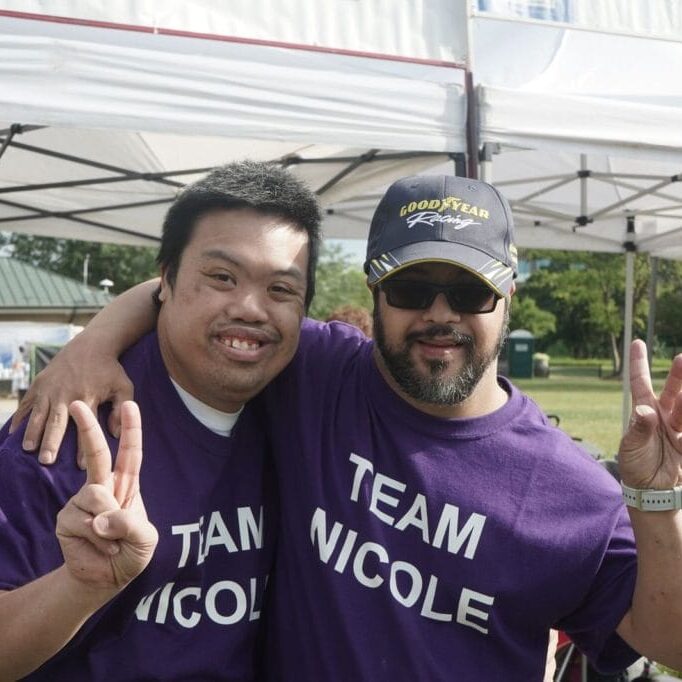Facilitating Language in Toddlers and Preschoolers
April 11, 2019
“So what kind of homework can you give my child to work on… they’re so young?” As a therapist, I LOVE THIS QUESTION. Play is work for our littles and the “homework” actually is something you as a parent can do! Below are some things YOU can do at home in your daily routine to facilitate language in your toddler/preschooler.
- Increase your expectation for your child to communicate: As parents and caregivers, we often anticipate the needs of our children. We don’t give them the opportunity to ask for food, help, toys, etc… By requiring your child to ask for what they want, we’re increasing our expectations for them to communicate. Provide opportunities for them to ask—e.g. place items out of reach, don’t automatically give them their cup filled with their favorite drink at mealtime.
- Choice of 2: You can do this during play time (do you want the blue or red crayon?), meal/snack time (do you want goldfish or yogurt?), and bed time (do you want the baseball or dinosaur pajamas?). This gives your child the feeling that they’re in charge by making their own decisions and sets them up for success to express their wants and needs. Gestures (pointing and reaching) to indicate choice is great at first if your child is not yet using words, but we will need to increase expectations to requiring your child to verbally indicate their choice. This can be simple sounds at first (“b” for “ball”), word approximations (something that sounds like the word: “baba” for “bottle”), and eventually the actual word.
- Model appropriate speech: Give your child a good verbal model to learn from. Restating or expanding upon what your child says can help them expand their vocabulary for future success in their expressive language skills. For example, if your child is reaching for their cup, you can restate this nonverbal request (indicating they want their cup!) by saying “you want your cup!”
- Limit your language: You may need to change the way you speak to your child. Instead of bombarding them with a statement like, “now it’s time to put your tennis shoes on so we can go to the grocery store and stock our fridge!” we can say “shoes on!”. We want to modify our expressive language to fit the communication level of our children.
- Wait for it: Waiting about 5 seconds for your child to respond to what you’ve said or asked is really important! Sometimes we can be too quick to repeat ourselves as we wait for a response. Give your child time to process what you’ve said.
- Narration: This is an awesome strategy to implement at home. Throughout the day you can narrate what you or your child is doing. For instance, if you are drawing with your child can say, “you’re drawing a circle with the black crayon”. Avoid narrating on their actions or your own ALL the time AND keep in mind their communication level. If they’re not yet using sentences, don’t narrate in sentences.
For more information about the Amina Grace Speech and Language program, visit us at https://gigisplayhouse.org/hoffmanestates/amina-grace-speech-and-language-program
-Taylor Kent-Kowalski
Recent Posts

Meet Farzin: A GiGi’s Playhouse Ambassador
Hello, my name is Farzin and I am an ambassador and self advocate at GiGi's Playhouse. I have attended programs at the Playhouse for 15...



